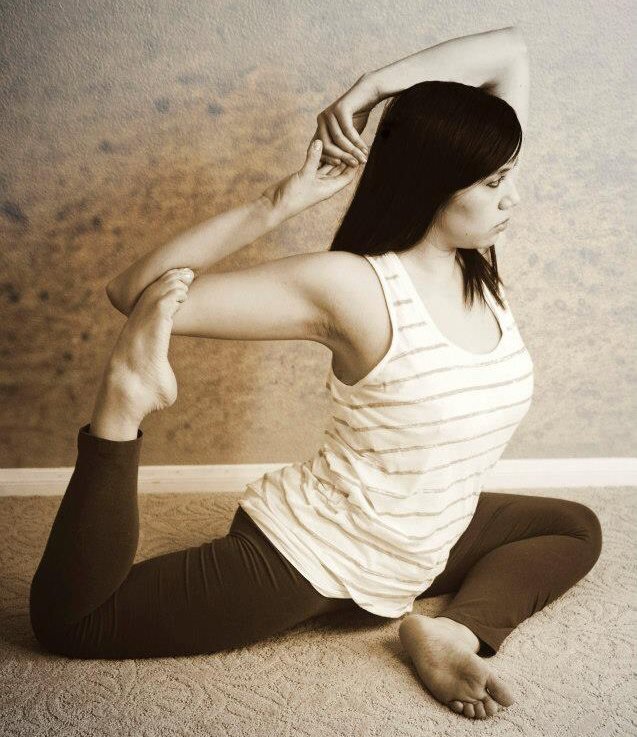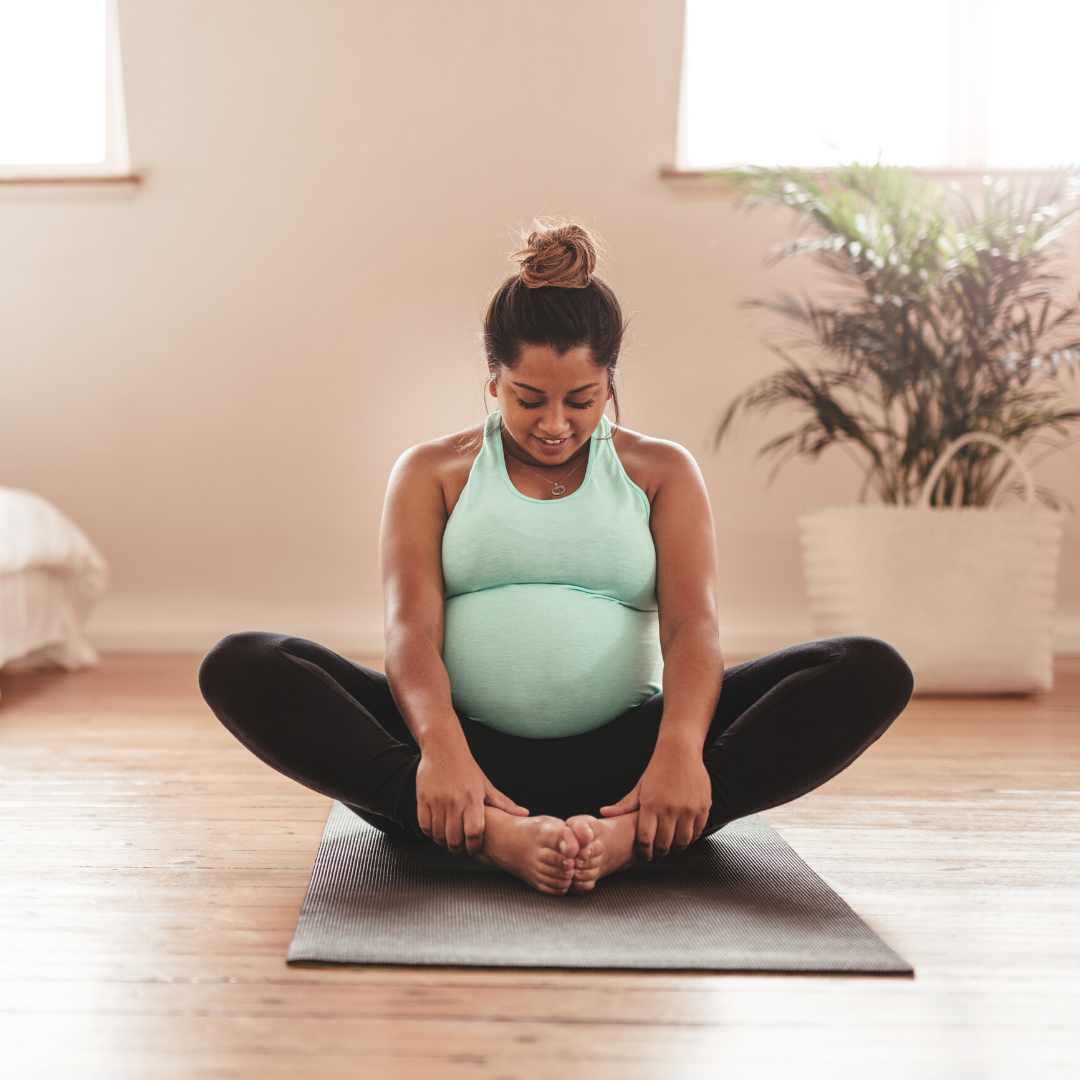
BLOG
Inspiration for your movement and parenting journey.

The Story of My Pelvis
The story of our pelvis is a combination of what we learn from our families, friends and media, the actions of others, and our physical health. Messages about our menstural cycle and sexuality are especially important. Sexual assult is so common in American society, I can't help but wonder the cumulative effects. Naturally if part of the body has been injured or hurt, there is a natural guarding. After years of guarding, the muscles shorten and become tense. Our pelvic floor muscles work in tandem with other muscles groups. Tightness in one area can affect the entire system.

Balancing Table Pose
Balancing table pose has a few different names, depending on who you have taken the class with and their trainings. Also known as Sunbird pose, Bird Dog pose or Sanskrit name, Dandayamana Bharmanasana. This is one of my must practice poses for both my prenatal and postnatal students.

Yoga for Pelvic Girdle Pain
Pelvic girdle pain (PGP) is one of the most common complaints I hear from my prenatal students. PGP varies in severity and areas of pain. PGP maybe a persistent on-going pain or triggered by certain movements, or a combination of both.
Breathing During Labor and Pushing
This is the number one question I get asked as a prenatal yoga teacher and doula, how should I breath during labor? I know there a lot of birthing classes and techniques that teach specific methods to use during labor. While I don’t discount their methods, my issues with prescribed methods is most people don’t practice them regularly enough for it to be effective or they forget them completely.
